Most customers who walk into your store this month have made up their minds. Your job is to validate their choice, Emmanuel Raheb writes.
GIA Reports Finding Lab-Grown Diamond with Fake Inscription
The number on the girdle matched that of a report for a mined diamond.

Carlsbad, Calif.--In the latest issue of Gems & Gemology, the Gemological Institute of America reported finding a man-made diamond inscribed with a report number matching a mined diamond.
The article, authored by Christopher M. Breeding and Troy Ardon, states that the stone in question came through the lab’s Carlsbad facility.
A client, whom the GIA did not identify in the article, submitted the diamond for an updated grading report because they “noticed inconsistencies” with the GIA report information, the article states.
The diamond was inscribed with the number of a GIA report issued in 2015. That report was for a natural, untreated diamond graded as 1.74 carats, round brilliant cut, D color, Excellent cut grade and VVS1 clarity.
But when graders looked at the stone, the article states they found it was a round brilliant with Excellent cut grade but 1.76 carats, with F color and VS1 clarity.
Moreover, the GIA’s screening processes--which are done on every stone to determine if it is natural, treated, lab grown or a simulant--indicated that the diamond needed additional testing to determine its origin.
Examination with the DiamondView machine showed that the submitted stone was not a natural diamond but was grown using the high-pressure, high-temperature (HPHT) process.
The article also states that the FTIR (Fourier Transform Infrared) Spectra showed that the natural diamond from the original report--the one that matches the report number inscribed on the girdle of the man-made stone--was Type IA (about 95 percent of natural diamonds are this type) with aggregated nitrogen impurities, while the newly submitted diamond was Type IIb with boron impurities.
In addition, the GIA said upon closer examination, the font used for the number inscribed on the diamond’s girdle was different from the one used by GIA.
When asked if the GIA was investigating the source and scope of this fraudulent inscription, the lab said: “While we are aware of reports of fraudulent inscriptions, we rarely encounter this type of blatant fraud.”
The lab added that the stone was returned to the submitting client, which, it reiterated, was the one that noticed inconsistences with the GIA report information and sent in the diamond for an updated report.
In the article, the GIA advises members of the trade with any doubt about some aspect of a diamond to send it to a gem lab for verification.
The Latest

MatrixGold 3.11, the newest version of the jewelry design program, offers more flexibility, precision, and creative control.

Kadet, a 1994 National Jeweler Retailer Hall of Fame inductee, helped grow the family-owned retailer in the Chicago area and beyond.

How Jewelers of America’s 20 Under 40 are leading to ensure a brighter future for the jewelry industry.

Billed as the world’s smallest wearable, Lumia Health’s new smart earrings have a health tracker subtly embedded in the back.


Don’t let those with December birthdays feel blue. Help them celebrate their month with blue zircon, turquoise, and tanzanite.

The new pink sapphire version of the piece dances with its wearer in the brand’s “Icons After Dark” holiday campaign.

Roseco’s 704-page catalog showcases new lab-grown diamonds, findings, tools & more—available in print or interactive digital editions.

A choice that’s generated a lot of commentary, Pantone says “Cloud Dancer” marks a fresh start and encourages relaxation and creativity.

The manufacturer’s holiday campaign features a gift guide filled with trending designs and jewelry that can be personalized.

The man was charged with theft, accused of ingesting the necklace while in a jewelry store in Auckland, New Zealand.

The Florida independent expanded its store from 8,000 to 14,000 square feet, fulfilling the vision of its late co-founder, Jim Dunn.
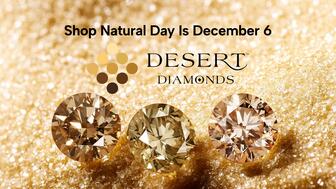
Sponsored by De Beers Group
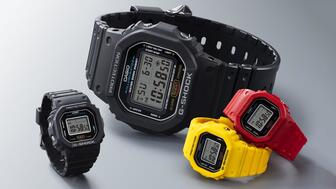
The classic 5600 series G-Shock has been scaled down to about a tenth of its size, becoming a fully functioning watch ring.

The association’s annual conference and gala will take place Feb. 4, 2026, during the Tucson gem shows.

The January show will include a workshop for jewelry retailers on implementing AI to strengthen their businesses.
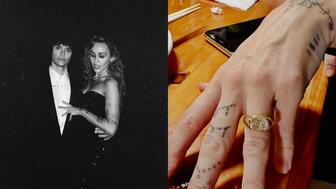
Fellow musician Maxx Morando proposed to the star with a chunky, cushion-cut diamond ring designed by Jacquie Aiche.

The retailer, which sells billions in fine jewelry and watches, is suing the Trump administration and U.S. Customs and Border Patrol.

Black Friday is still the most popular shopping day over the five-day holiday weekend, as per the National Retail Federation’s survey.

The historic egg, crafted for Russia's ruling family prior to the revolution, was the star of Christie’s recent auction of works by Fabergé.
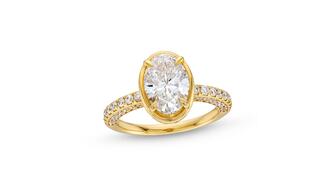
The retailer offered more fashion jewelry priced under $1,000, including lab-grown diamond and men’s jewelry.
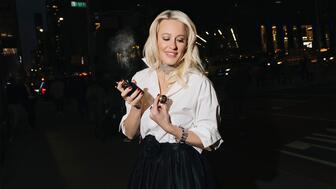
The eau de parfum is held in a fluted glass bottle that mirrors the decor of the brand’s atelier, and its cap is a nod to its “Sloan” ring.

Vivek Gadodia and Juan Kemp, who’ve been serving as interim co-CEOs since February, will continue to lead the diamond mining company.

In addition, a slate of new officers and trustees were appointed to the board.
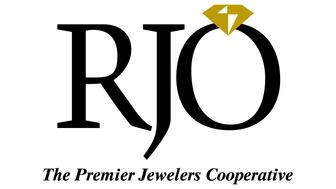
Witt’s Jewelry in Wayne, Nebraska, is the organization’s new milestone member.

Laurs is the editor-in-chief of Gem-A’s The Journal of Gemmology and an expert on the formation of colored gemstone deposits.
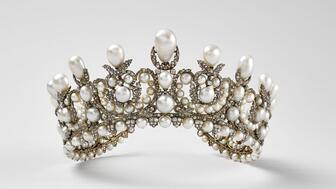
The man, who has a criminal history, is suspected of being the fourth member of the four-man crew that carried out the heist.




























